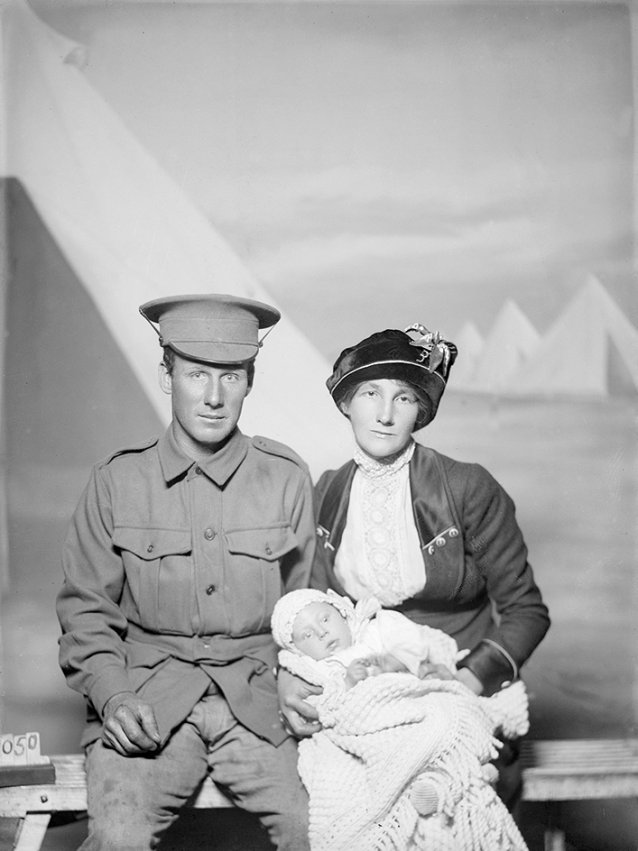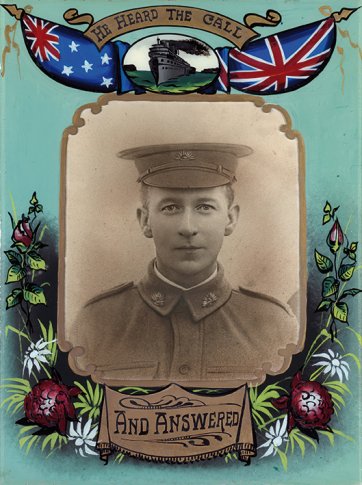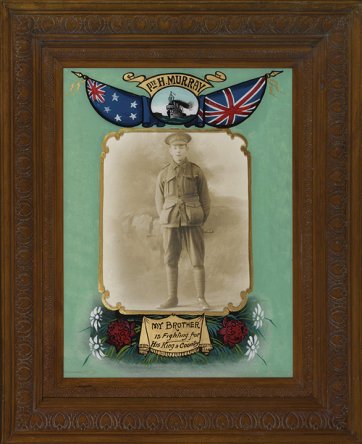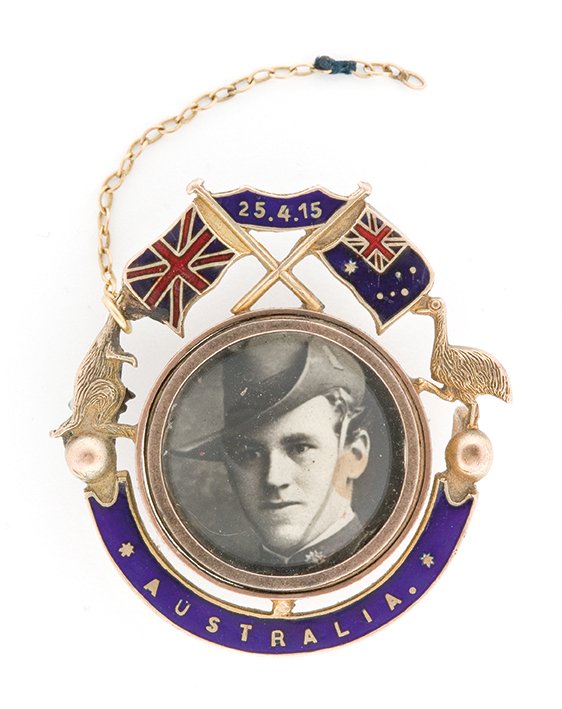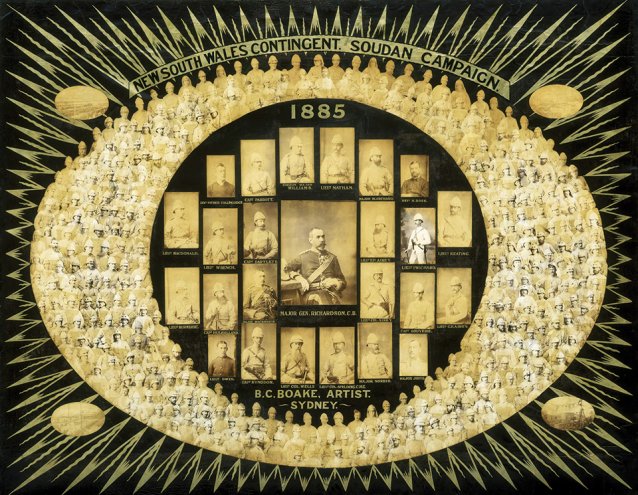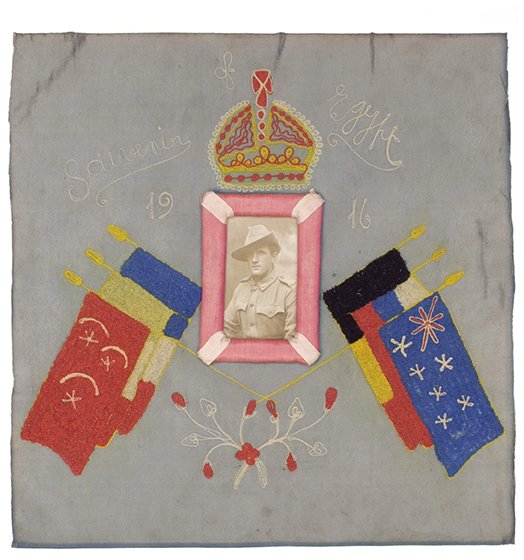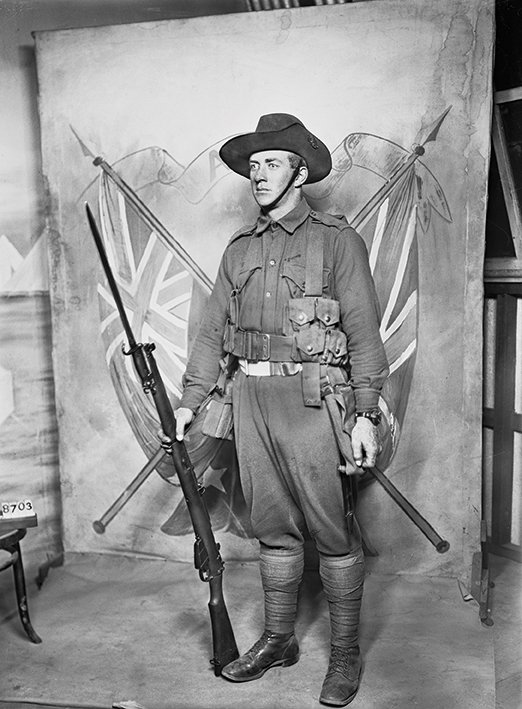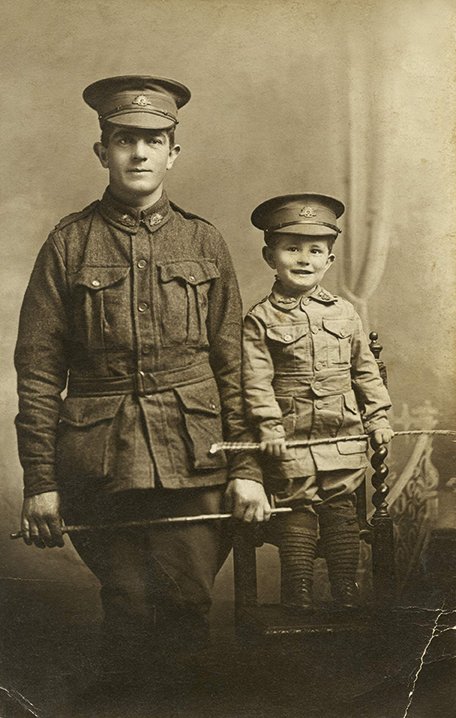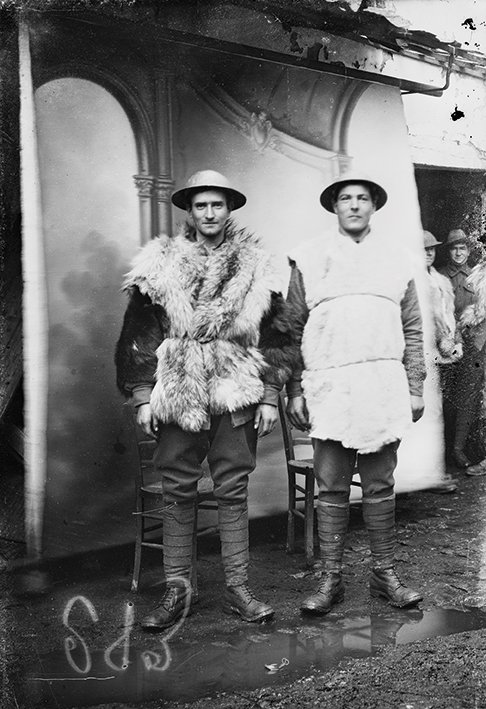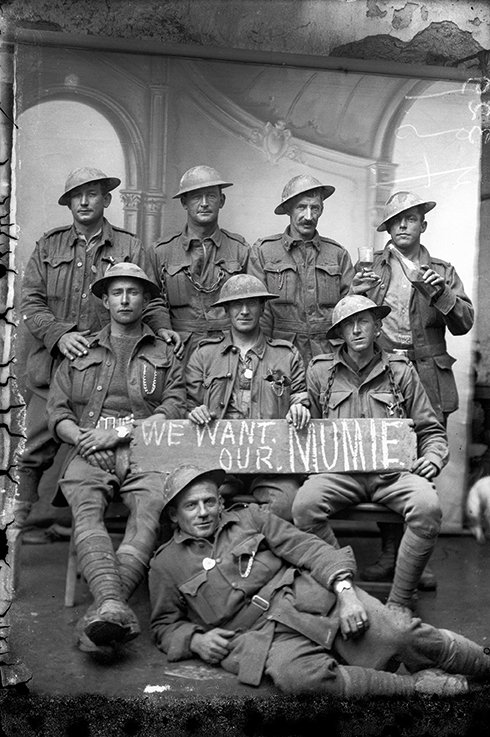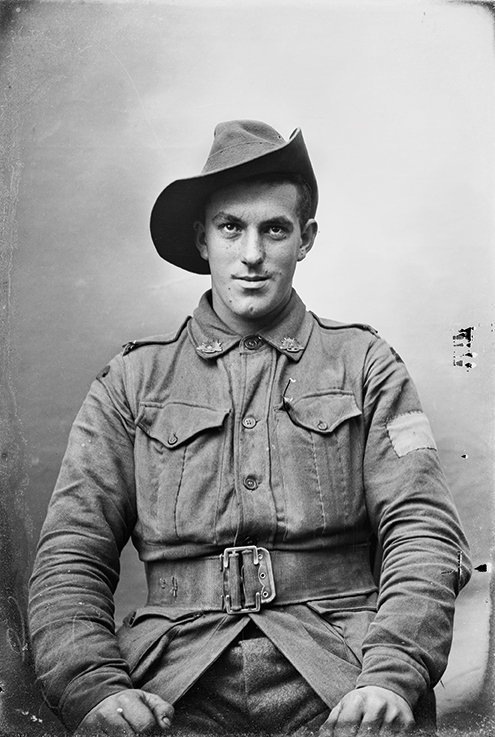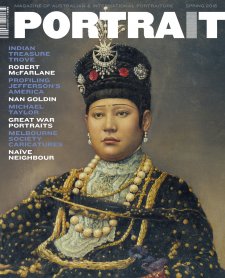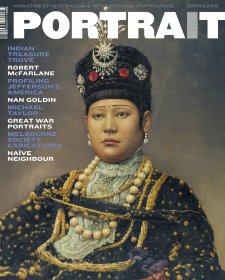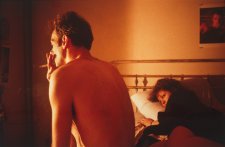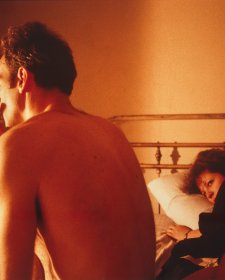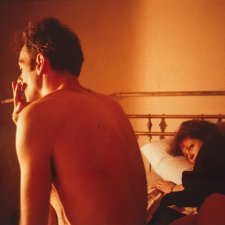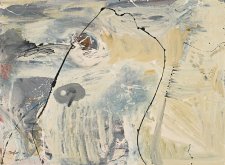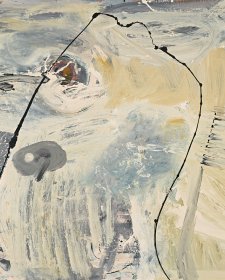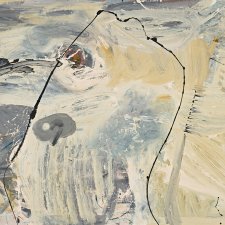The portrait of George and Nellie Swanton with their baby daughter, Joan, hung in the family home in Melbourne for decades. George, an engine driver, had enlisted in the Australian Imperial Force (AIF) in March 1915. A few weeks later, while he was receiving the most rudimental of military training at Broadmeadows camp, he and his family sat for their portrait, taken by a photographer from the Darge Photographic Company. It was likely one of the last times they were all together. In May, George embarked from Australia for overseas service. He served in the Gallipoli campaign, but on 28 July, 1916 the thirty-four year-old corporal died in France from wounds suffered at Pozières during the battle of the Somme.
- About us
- Support the Gallery
- Venue hire
- Publications
- Research library
- Organisation chart
- Employment
- Contact us
- Make a booking
- Onsite programs
- Online programs
- School visit information
- Learning resources
- Little Darlings
- Professional learning
